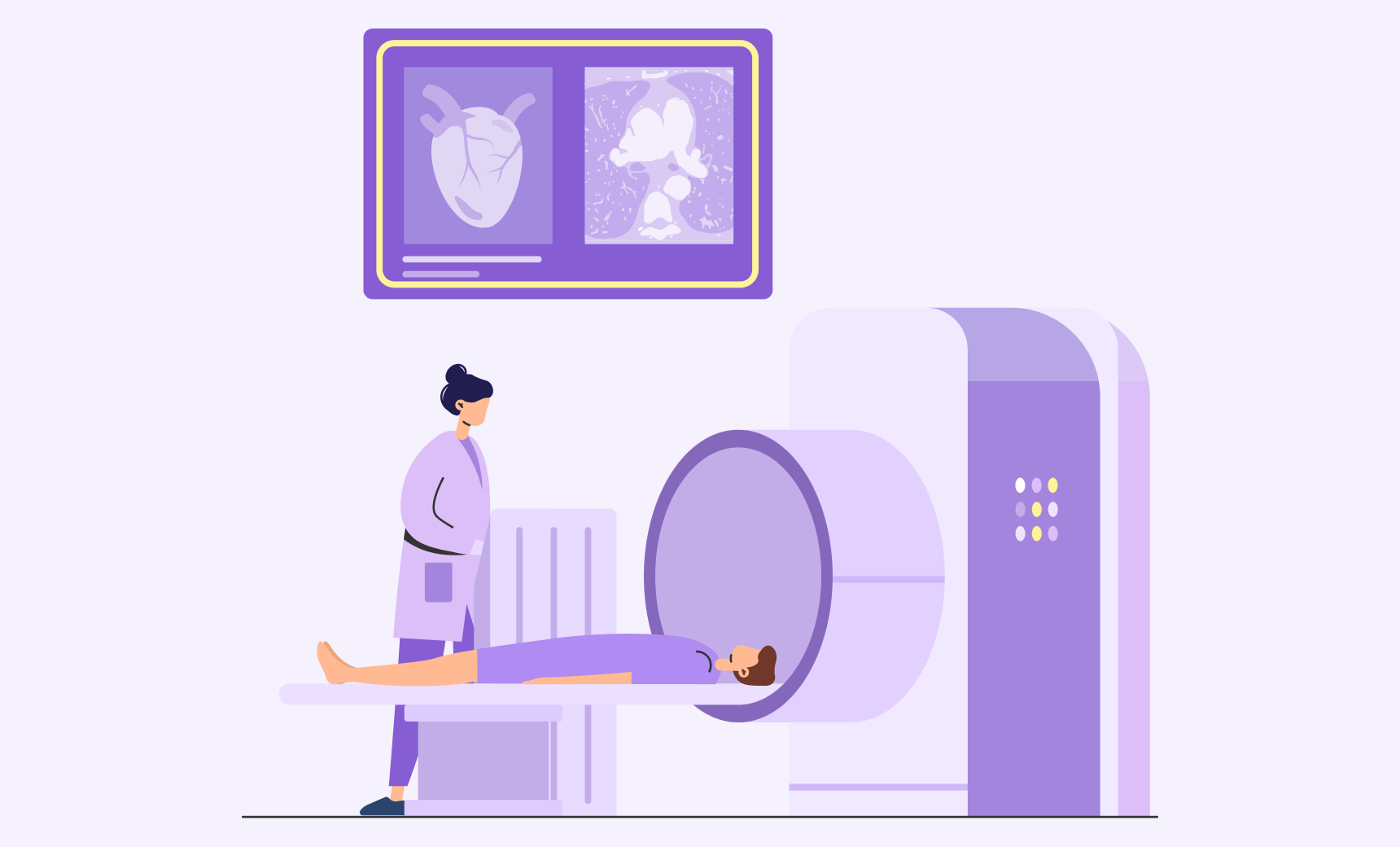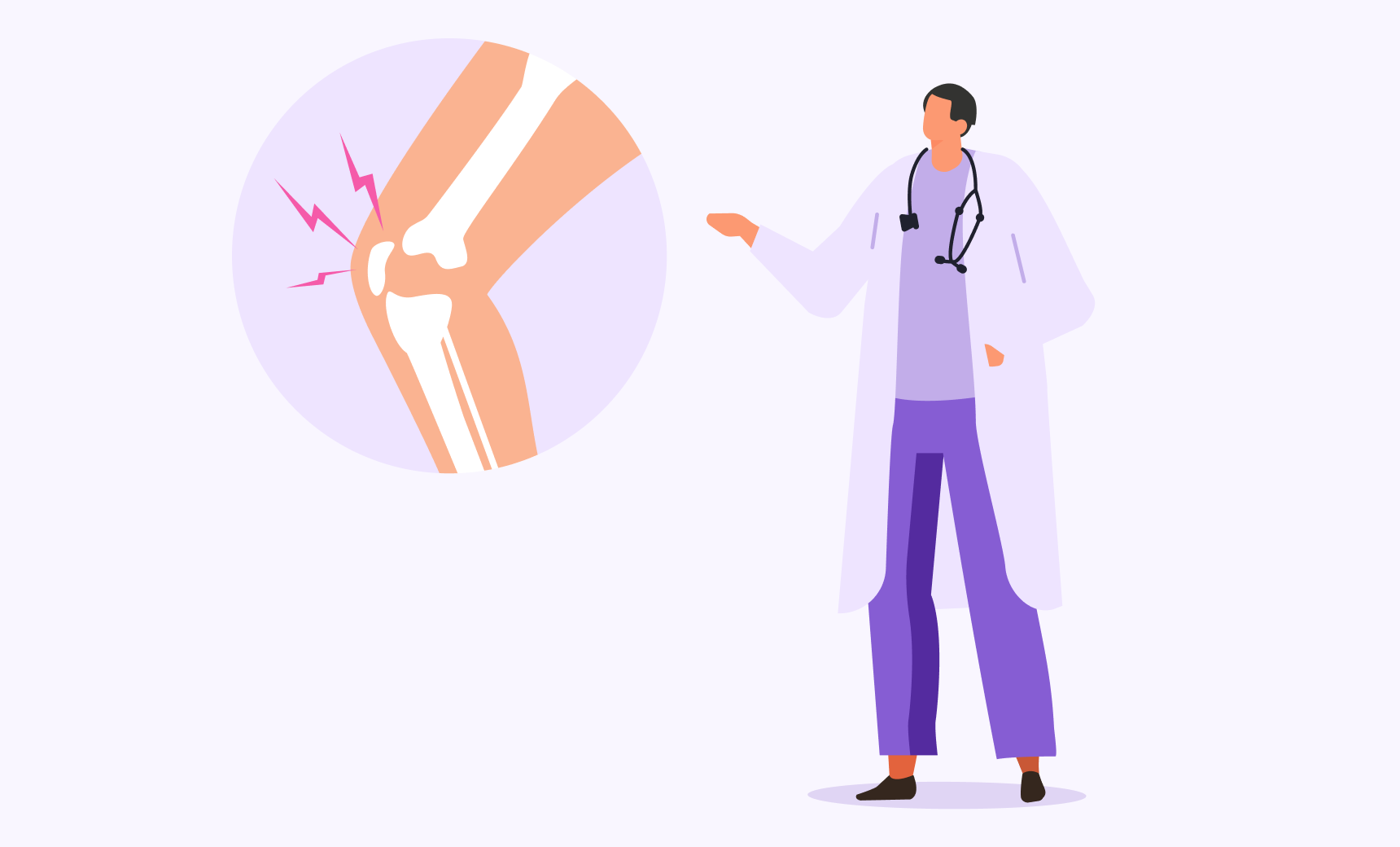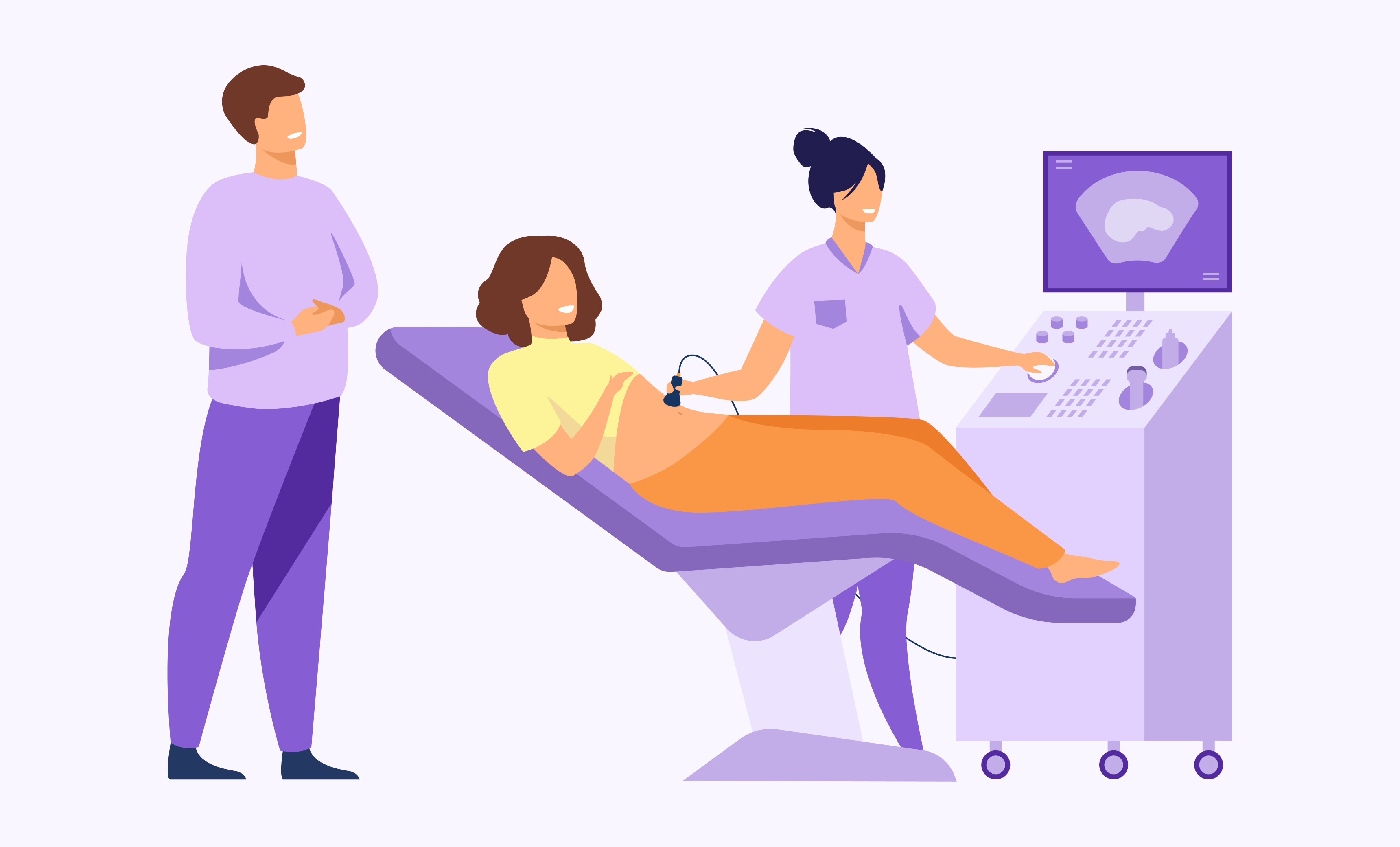
SparkPeople: Is Your Lifestyle Putting You at Risk for a Stroke?
Every 40 seconds, someone in the United States experiences a stroke. In 2016, someone died of a stroke roughly every three to four minutes. What’s more, among all the causes of death in the country, stroke is ranked No. 5—and those who don’t die are likely to sustain long-term disabilities, per statistics from the American Heart Association.
Those are some scary numbers and facts—but by increasing your awareness of stroke signs and risk factors, you can take the first steps toward prevention.
Signs of a Possible Stroke
Dr. Robert Segal, MD, cardiologist and co-founder of LabFinder.com, identifies these common symptoms of a stroke:
-
Sudden numbness or loss of strength in the arm, face or leg (usually on just one side of the body).
Difficulty in speaking even the most common words.
Confusion or difficulty understanding what someone is saying.
Dizziness and/or lack of balance and coordination.
Headache that has no known cause and cannot be explained.
Difficulty with sight.
“Some people now use the acronym BE FAST, where the B and E stand for Balance and Eyes, as strokes in the back part of the brain may affect the ability to walk or cause double vision and eye movement abnormalities,” Dr. Segal notes.
Risk Factors That Can Be Controlled
Smoking
Dr. Segal warns that the nicotine and carbon monoxide intake associated with smoking can damage the cardiovascular system. It also accelerates clot formation, as it thickens the blood and plaque buildup in the arteries. If you are a smoker, take steps to kick the habit.
Sedentary Lifestyle
“If you find yourself sitting down for more than eight hours every day (not including sleeping hours), then most likely you are not getting enough movement,” says Dr. Segal. A sedentary lifestyle increases the risk of stroke, high blood pressure, obesity and heart disease.
To counteract this risk, try to be active for 30 minutes per day (which exercises your heart) or 150 minutes per week. “Even a short walk would do,” Dr. Segal says. “Just break your cycle of sitting down for hours at a time.”
High Cholesterol Levels
High levels of cholesterol can cause fatty plaques to build up and create blockages in the blood vessels, which can then cause a stroke, notes Dr. Segal. The first step to taking control of your cholesterol is knowing what your numbers are, he says.
“If you do have high cholesterol, then eat more heart-healthy foods, and minimize your consumption of food that is high in saturated fat and trans-fat,” he suggests. “Also cut down on red meat and dairy, and eat more fruits and vegetables.”
Read more on SparkPeople.




LabFinder Team
The LabFinder Editorial Team is behind The Illuminator and The Insider, LabFinder’s consumer and business blogs.
Dr.Robert Segal
Dr. Segal is CEO and co-founder of LabFinder, as well as a board-certified cardiologist. He began practicing medicine in 2002 and has founded several businesses, including Medical Offices of Manhattan and Manhattan Cardiology.